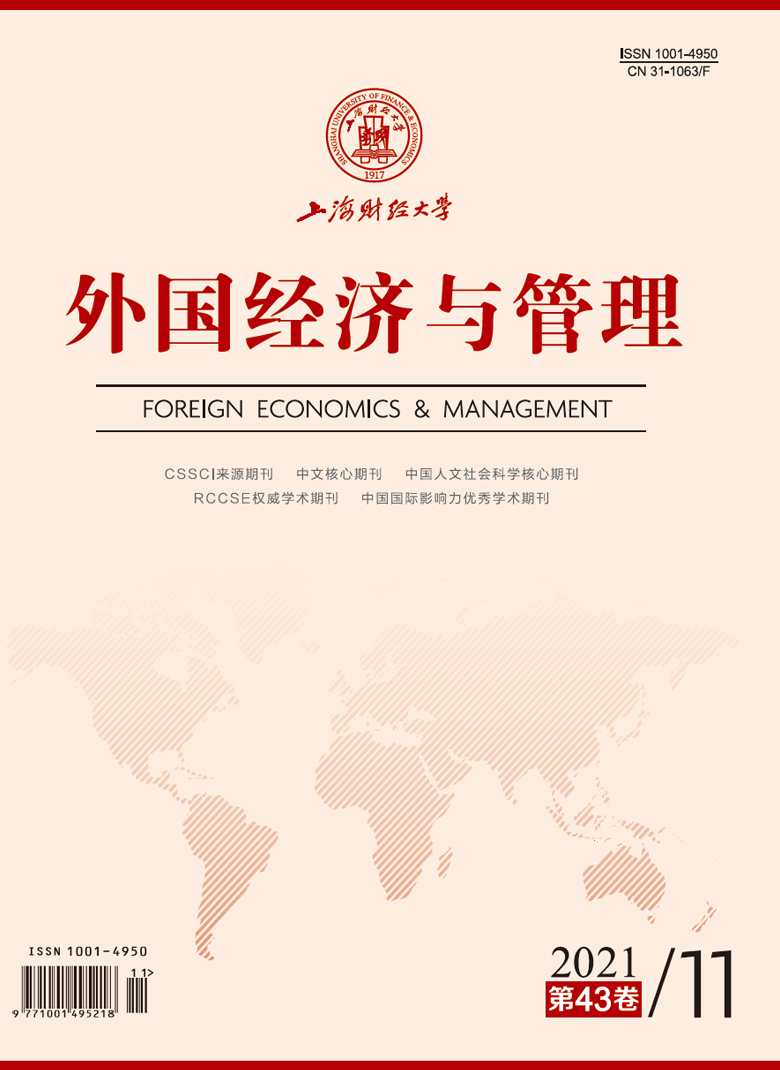[1] Liu S S, Pei J L, Zhong C Y. Is the platform work autonomous? The effect of online labor platform algorithm management on job autonomy[J]. Foreign Economics & Management, 2021, 43(2): 51-67.
[2] Xu P, Xu X Y. Change Logic and Analysis Framework of Enterprise Management in the Era of Artificial Intelligence[J]. Management World, 2020, 36(1): 122-129.
[3] Bal P M, de Lange A H, Ybema J F, et al. Age and trust as moderators in the relation between procedural justice and turnover: A large-scale longitudinal study[J]. Applied Psychology,2011, 60(1): 66-86.
[4] Bernerth J B, Aguinis H. A critical review and best-practice recommendations for control variable usage[J]. Personnel Psychology,2016, 69(1): 229-283.
[5] Burrell J. How the machine “thinks”: Understanding opacity in machine learning algorithms[J]. Big Data & Society,2016, 3(1): 1-12.
[6] Colquitt J A, Scott B A, Rodell J B, et al. Justice at the millennium, a decade later: A meta-analytic test of social exchange and affect-based perspectives[J]. Journal of Applied Psychology,2013, 98(2): 199-236.
[7] Dietvorst B J, Simmons J P, Massey C. Algorithm aversion: People erroneously avoid algorithms after seeing them err[J]. Journal of Experimental Psychology:General,2015, 144(1): 114-126.
[8] Duan Y Q, Edwards J S, Dwivedi Y K. Artificial intelligence for decision making in the era of Big Data – evolution, challenges and research agenda[J]. International Journal of Information Management,2019, 48: 63-71.
[9] Edwards J S, Duan Y, Robins P C. An analysis of expert systems for business decision making at different levels and in different roles[J]. European Journal of Information Systems,2000, 9(1): 36-46.
[10] Hollenbeck J R, Ilgen D R, LePine J A, et al. Extending the multilevel theory of team decision making: Effects of feedback and experience in hierarchical teams[J]. Academy of Management Journal,1998, 41(3): 269-282.
[11] Kacmar K M, Witt L A, Zivnuska S, et al. The interactive effect of leader-member exchange and communication frequency on performance ratings[J]. Journal of Applied Psychology,2003, 88(4): 764-772.
[12] Kim W C, Mauborgne R. Procedural justice, strategic decision making, and the knowledge economy[J]. Strategic Management Journal,1998, 19(4): 323-338.
[13] Kuhn K M, Maleki A. Micro-entrepreneurs, dependent contractors, and instaserfs: Understanding online labor platform workforces[J]. Academy of Management Perspectives,2017, 31(3): 183-200.
[14] Lambrecht A, Tucker C. Algorithmic bias? An empirical study of apparent gender-based discrimination in the display of STEM career ads[J]. Management Science,2019, 65(7): 2966-2981.
[15] Lee M K. Understanding perception of algorithmic decisions: Fairness, trust, and emotion in response to algorithmic management[J]. Big Data & Society,2018, 5(1): 1-16.
[16] Lee M K, Kusbit D, Metsky E, et al. Working with machines: The impact of algorithmic and data-driven management on human workers[A]. Proceedings of the 33rd annual ACM conference on human factors in computing systems[D]. Seoul, Republic of Korea: Association for Computing Machinery, 2015.
[17] Leventhal G S. What should be done with equity theory?[A]. Gergen K J, Greenberg M S, Willis R H. Social exchange: Advances in theory and research[M]. Boston: Springer, 1980.
[18] Li D Y, Du Y. Artificial intelligence with uncertainty[M]. Boca Raton: Chapman & Hall/CRC, 2007.
[19] Liu Y Y, Eisingerich A B, Auh S, et al. Service firm performance transparency: How, when, and why does it pay off?[J]. Journal of Service Research,2015, 18(4): 451-467.
[20] Miller F A. Strategic culture change: The door to achieving high performance and inclusion[J]. Public Personnel Management,1998, 27(2): 151-160.
[21] Miron M, Tolan S, Gómez E, et al. Evaluating causes of algorithmic bias in juvenile criminal recidivism[J]. Artificial Intelligence and Law,2021, 29(2): 111-147.
[22] Newman D T, Fast N J, Harmon D J. When eliminating bias isn’t fair: Algorithmic reductionism and procedural justice in human resource decisions[J]. Organizational Behavior and Human Decision Processes,2020, 160: 149-167.
[23] Nishii L H. The benefits of climate for inclusion for gender-diverse groups[J]. Academy of Management Journal,2013, 56(6): 1754-1774.
[24] Orlikowski W J, Scott S V. What happens when evaluation goes online? Exploring apparatuses of valuation in the travel sector[J]. Organization Science,2014, 25(3): 868-891.
[25] Schildt H. Big data and organizational design—The brave new world of algorithmic management and computer augmented transparency[J]. Innovation-Organization & Management,2017, 19(1): 23-30.
[26] Shore L M, Randel A E, Chung B G, et al. Inclusion and diversity in work groups: A review and model for future research[J]. Journal of Management,2011, 37(4): 1262-1289.
[27] Strohmeier S, Piazza F. Artificial intelligence techniques in human resource management—A conceptual exploration[A]. Kahraman C, Onar S Ç. Intelligent techniques in engineering management[M]. Cham: Springer, 2015.
[28] Taylor M S, Tracy K B, Renard M K, et al. Due process in performance appraisal: A quasi-experiment in procedural justice[J]. Administrative Science Quarterly,1995, 40(3): 495-523.
[29] Thau S, Bennett R J, Mitchell M S, et al. How management style moderates the relationship between abusive supervision and workplace deviance: An uncertainty management theory perspective[J]. Organizational Behavior and Human Decision Processes,2009, 108(1): 79-92.





 5275
5275  8159
8159

